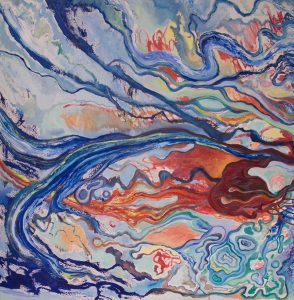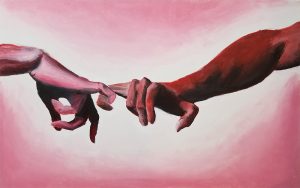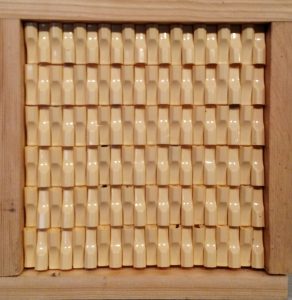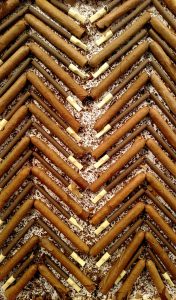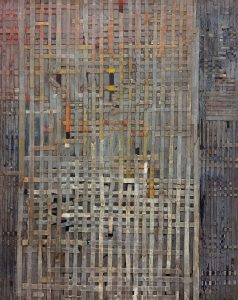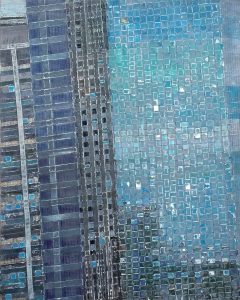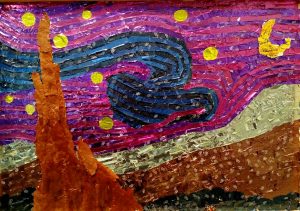I’m in the Wrong Film is a consideration of our troubled relationship to the marginal places that exist in the national landscape. The title of the series is a colloquialism used to indicate a speaker’s disorientation in regard to physical surroundings that have taken on a disconcerting, fictitious quality. In this series of staged and performative photographs, the experience of individual dislocation the phrase describes is applied more broadly, in articulating the collective loss of identity that permeates the rural and post-industrial landscape of America.
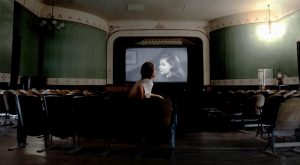
Presented as a constellation of narrative fragments, each photograph manifests the shared psychology between a transient character and constructed environments suggestive of Middle America. The character, wandering with alternating senses of desire and reticent detachment amid his surroundings, is an extension of a place no longer able to sustain itself. The photographs present transitory moments, in which the agency of the character is called into question, arrested by the stillness of the photograph. His impotence and perpetual immobility mirror the circumstance of the small town, which, after being used politically, socially, and aesthetically in defining a national image and identity, is now marked by the stasis of economic decline. Whether by accepting and naturalizing their erasure or attempting to salvage viability through a nostalgic commodification of their past, these communities succumb to an estrangement from their own history and sense of themselves.
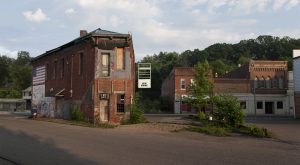
A corollary to this rupture can be found in the physical construction of the photographic tableau. The character’s performances are recorded in-studio and are later inserted into landscapes imagined out of multiple photographic fragments. Referencing the mechanics of the theater and silent film, wherein a décor foregrounds the actor’s performance, the composited backdrops provide a visual context for the performances while also establishing a physical and psychological separation. At times, these virtual stages reveal their artifice and begin to falter and collapse upon the character. This implicates not only the narrative content, but also the materiality of the photograph and fallibility of its construction as synchronous sources of the character’s sense of being “in the wrong film.”
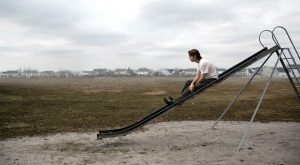
The social narrative of the small town, the lack of agency in the character’s performance, and the faltering construction of the image compound upon one another in describing both the instinctive desire and the relative absurdity in attempting to recover a sense of belonging in a time of dislocation.
